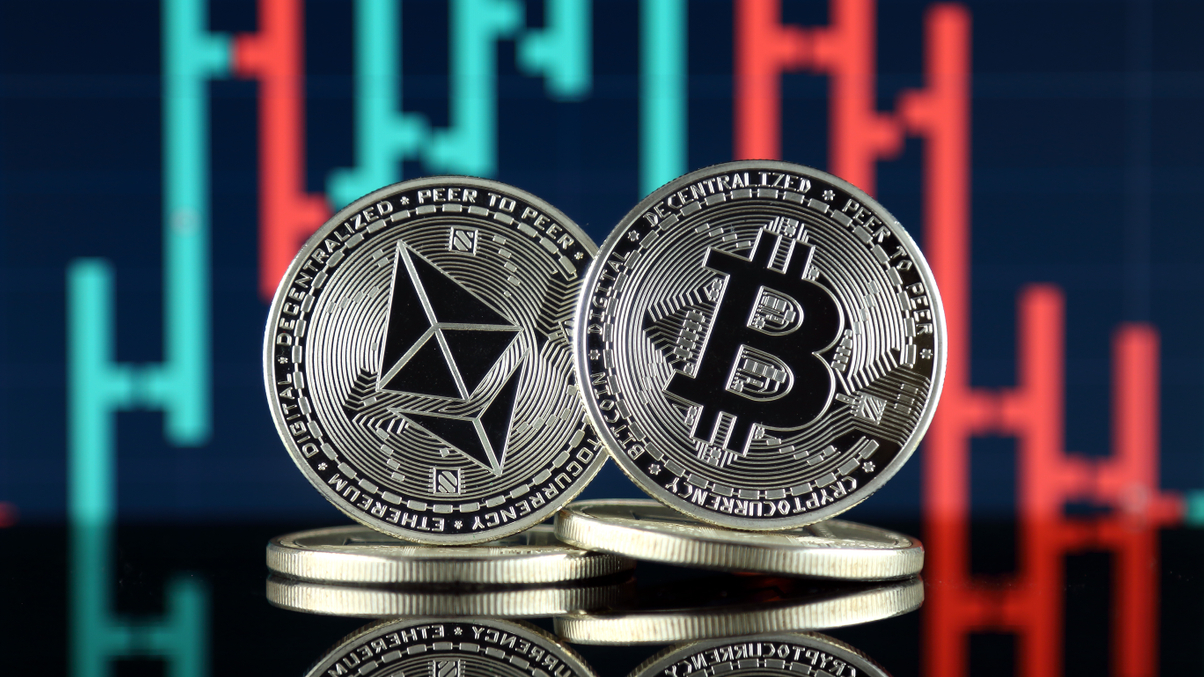Why central bank digital currencies could attract instos
Central bank digital currencies are seen as more stable than Bitcoin, but they are not likely to be traded the way cryptocurrencies or forex are.

A mounting desire among several central banks in Asia to create their own digital currencies could open the doors for asset owners into an asset class that looks set to be far better regulated and controlled than cryptocurrencies, predict investment experts.
Sign In to Your Account
Access Exclusive AsianInvestor Content!
Please sign in to your subscription to unlock full access to our premium AI resources.
Free Registration & 7-Day Trial
Register now to enjoy a 7-day free trial—no registration fees required. Click the link to get started.
Note: This free trial is a one-time offer.
¬ Haymarket Media Limited. All rights reserved.


